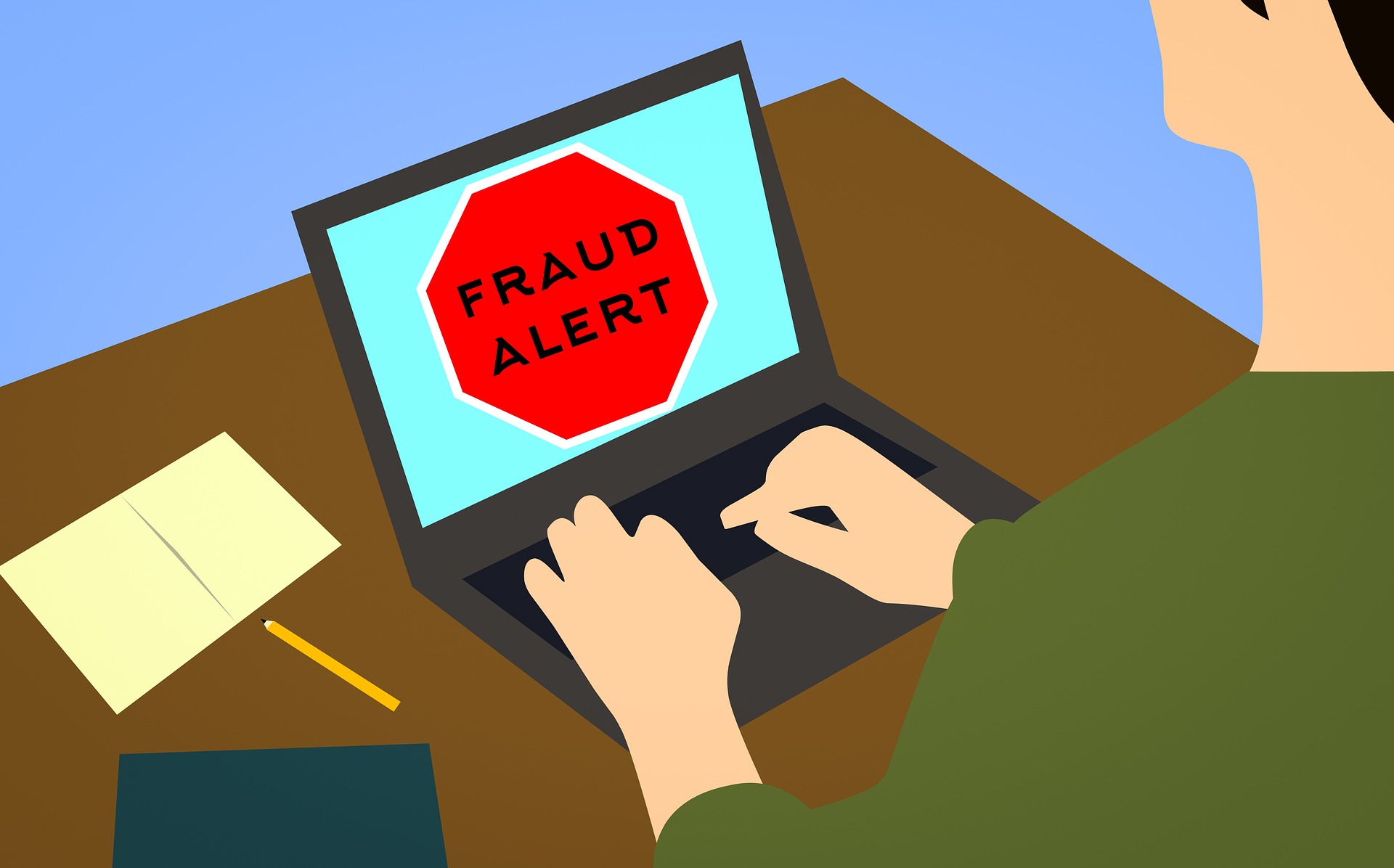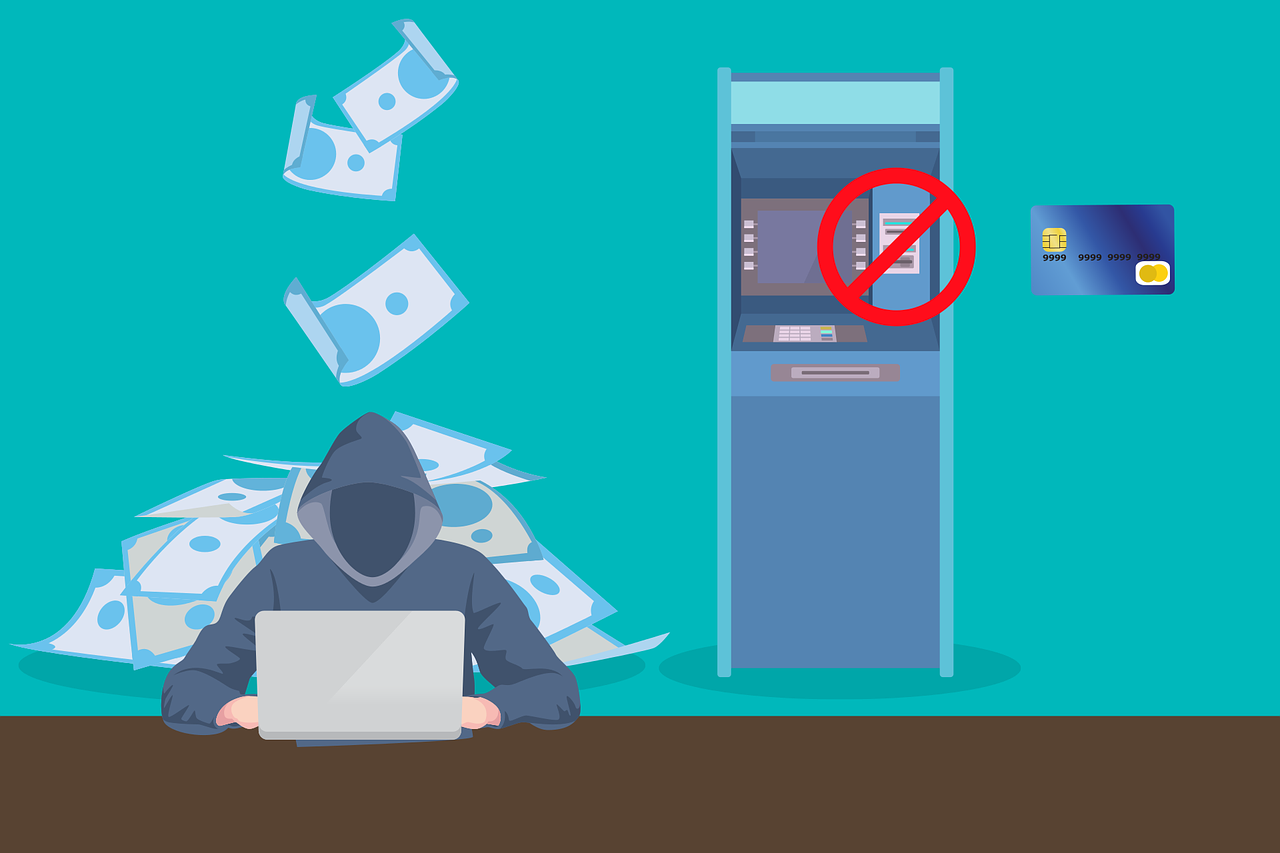© 2000-2023 - Enkey Magazine - All rights reserved
ENKEY SNC - VAT ID IT03202450924 / REA Code CA253701 - Phone. 078162719
All of us uses internet. To do online shopping, or to work, it can be easy to surf the web and to find one of the many digital fraud of the web. Let’s see how this happen and how to protect ourselves.
How do the digital frauds happen?
The so called digital frauds are ever more common. There are many kinds of them and they mostly happen through suspicious mails or links that suddenly appear while you are surfing on a website and you click on it without want it.

Fraudulent subtraction of reserved codes, unwished accesses, payment of money to non-existent companies or authorities are the most known consequences of these phenomenas.
Most of the time, the online frauds are made through email or SMS that seem to come from reliable sources, by presenting logos of famous companies, banks or even public authorities.
The phenomena of the phishing
This phenomena is known as phishing. Like all the online frauds it is insidious and it’s often hard to identify. The point is that we don’t know the modus operandi of the fraudsters.
By the way there are some characteristics that allow us to recognise the illegality of a communication or a request that arrive to us. The most important thing is to be conscious that we are a potential victim.
The alarm rings of the digital frauds
We said that most of these digital frauds are launched to unaware users via mail. An example of it are the mails that made rush or stress.
Infact, the phishing mails often includes messages that have the purpose to create a feeling of rush, stress or thrill in the user, by pushing him to an immediate action. For example, mails that contain offers that expire soon or that contain links for discounts or award prizes.
We must be careful so to the communications that already in the object have exclamation points, uppercase words, pressing invitations or orders with actions to do.
Email with suspicious attachments
Another example of digital frauds via mail are the messages with suspicious or unexpected attachments. We always need to be careful to the source of the message and to not download the attachment.
Another alarming ring in this case are the format of the attachments. If for example you find a file in .exe, .vsb, .js, or even in .bat surely it’s a fraud.
Often the authors of the phishing use the attachments of the mail to send malware or virus that contaminate the computer or that share your contents in the web. This phenomena is even known as malspam.
Digital frauds that ask for payments
Have you ever received a mail that asks you to answer by writing your sensitive datas? In this case you found a digital fraud for the cloning of your identity.
If for example you receive a mail from your bank where they ask you the datas for a payment, so you should know that it’s a call to action tipical of the phishing.

No banks or credit institute, but not even companies or phone companies, will ask you to send sensitive datas through mail or SMS.
You can identify the fraud even because on this kind of mail and messages there are many spelling errors or content and shape errors. Always read carefully the text and if you notice some errors that can be suspicious.
How to protect ourselves from the digital frauds
The first suggest that we give to you is the one to always check your personal area. Check your home banking, call your bank, access to your reserved areas to check and to verify the state of your orders or the active services.
Infact, these reserved areas available on the websites of the banks, of the hosting service or even of an e-commerce are created specifically to keep in touch with the institute. If inside there areas there isn’t any message or request, so you know that the mail that you received is a digital fraud.
Sign the suspicious digital frauds
Another important thing to do is to inform even the others about the phishing.
If you received a suspicious email that seems to come from services like Aruba, but there isn’t anything in your reserved area or even if you never used their services, you can sign it on the website on the dedicated page.
In this way, you will have the confirm of your suspects, but you will help even the service to be more efficient and to protect itself.
Every company website infact has a reserved section to protect who used their services from the digital frauds.
This post is also available in:
 Italiano
Italiano

